Search Results
Search
Filter results
Advanced Filters
Your search returned 883 Solutions
-
A multifunctional hub towards the open labour market
The Living Link employment model includes job analysis, job matching, interview support, placement, co-worker training, and advocacy, as well as the recommendation of assistive devices and the provision of career planning. In 2015 alone, approximately 50 people were hired in various forms of employment.
Living Link, South Africa -
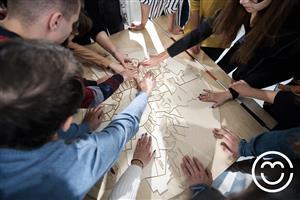
Inclusive club engaging with urban planners to create more accessibility for the blind
The Urban Mobility Club, initiated in Bucharest, is a pan-European community that promotes the inclusion of people with disabilities in the urban life through workshops and other activities. In addition to people with disabilities, representatives of the real estate sector and the administration are encouraged to participate.
The Alternative Methods of Social Integration Association, The Urban Mobility Club, Romania -
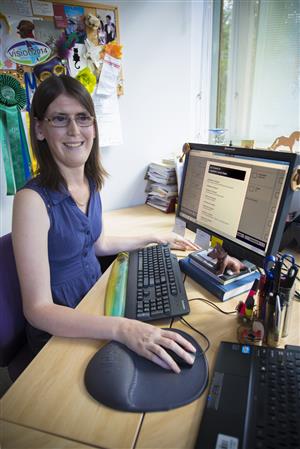
A web-based platform allowing people with disabilities to vote remotely and on their own
Scytl developed the iVote Core Voting System for New South Wales, Australia. By using a web-based platform or via a phone using the keypad blind voters and people with disabilities to vote online. Around 286,000 voters used the system in 2015, and it has been replicated in Western Australia as of 2017.
Scytl, iVote programme, Australia -
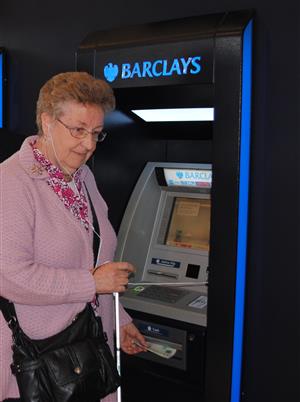
Audio-enabled ATMs (cash machines) offer independent use of banking services for blind and partially sighted persons. The success of Barclays’ Talking ATMs has led to the development of other accessible services, aspiring to make banking accessible to all.
Talking ATMs not only provide ease-of-use for visually impaired users, but also for people with dyslexia or people who are illiterate. The success of Talking ATMs has led Barclays to develop other accessible services, amongst other things high visibility debit cards and sign language interpretation via webcam.
Barclays Bank, Banking made accessible – talking ATMs, United Kingdom -
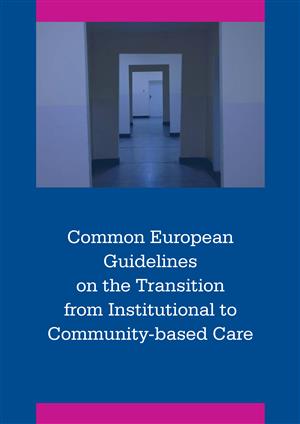
Diverting EU funds towards community-based care
The European Expert Group was established to support the EU in promoting care reforms. It includes a wide range of stakeholders, providing training, guidance, and tools to political representatives and governments to inform them about the need of community-based care and the risks of institutional care for persons with disabilities.
Lumos Foundation, United Kingdom -
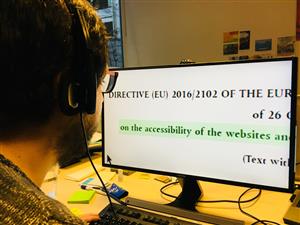
Minimum standards of websites and mobile applications by the public sector in all 28 EU-countries
The Directive (EU) 2016/2102 requires public sector bodies of all 28 EU member states to make public-sector websites and mobile applications accessible by 2021. Accessibility must be covered for all user groups and and must meet four principles: Perceivability, operability, understandability, robustness.
European Parliament (Parent Organization), European Union – Directive on the accessibility of the websites and mobile applications of public sector bodies, Belgium -
Incorporating Universal Design into Home Building
Fundación ONCE has developed a prototype for an intelligent, barrier-free and sustainable house to demonstrate how a variety of needs of disabled people can be met and how Universal Design can be integrated into building. Between 2016 and 2017, more than 70,000 people visited the house on its journey across Spain.
ONCE Foundation, La Casa Accessible, Spain -
Harmonization of ICT standards across the Atlantic
In 2004 the international standards cooperation was initiated to create a framework for developing a wide range of applications that will make ICT products and services more accessible in both continents. Moreover, it facilitates trade between these regions. By 2017, 90% of all standards have been harmonized.
United States Access Board, United States – European Union – U.S. Access Board & European Commission – International e-Accessibility Standards, United States of America -
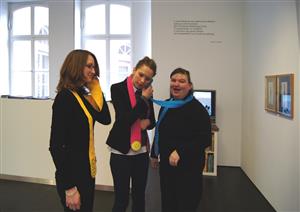
New museum experiences for persons with learning difficulties
The "Sound carrier scarf" is a hardware device that rests on the shoulders of the visitor like a scarf. It enables to consume information, and at the same time allows interaction with the public. The device features a barrier-free design and intuitive functions that represent a significant improvement over a regular audio guide.
PIKSL - Living in the community gGmbH, Germany -
Training educators and municipalities in inclusive physical education
Participants identify barriers to the inclusion of children with disabilities in their schools, and design and implement their own inclusive physical education activities involving staff, students, families, and the wider community. The in-person course was held from 2013 to 2016, in 2018 an online version was created.
Rodrigo Mendes Institute, Open Doors to Inclusion, Brazil
- Page 1
- Page 2
- Page 3
- Page 4
- Page 5
- Page 6
- Page 7
- Page 8
- Page 9
- Page 10
- Page 11
- Page 12
- Page 13
- Page 14
- Page 15
- Page 16
- Page 17
- Page 18
- Page 19
- Page 20
- Page 21
- Page 22
- Page 23
- Page 24
- Page 25
- Page 26
- Page 27
- Page 28
- Page 29
- Page 30
- Page 31
- Page 32
- Page 33
- Page 34
- Page 35
- Page 36
- Page 37
- Page 38
- Page 39
- Page 40
- Page 41
- Page 42
- Page 43
- Page 44
- Page 45
- Page 46
- Page 47
- Page 48
- Page 49
- Page 50
- Page 51
- Page 52
- Page 53
- Page 54
- Page 55
- Page 56
- Page 57
- Page 58
- Page 59
- Page 60
- Page 61
- Page 62
- Page 63
- Page 64
- Page 65
- Page 66
- Page 67
- Page 68
- Page 69
- Page 70
- Page 71
- Page 72
- Page 73
- Page 74
- Page 75
- Page 76
- Page 77
- Page 78
- Page 79
- Page 80
- Page 81
- Page 82
- Page 83
- Page 84
- Page 85
- Page 86
- Page 87
- Page 88
- Page 89